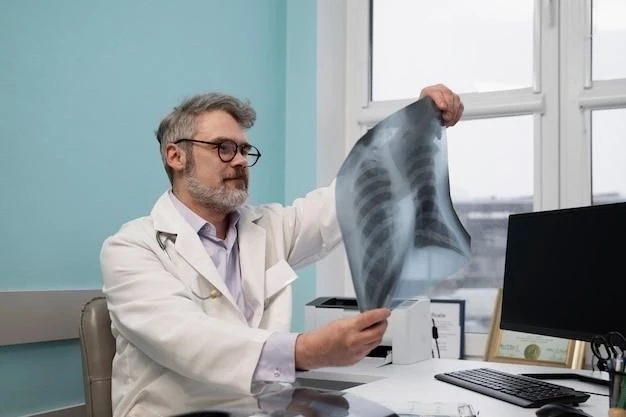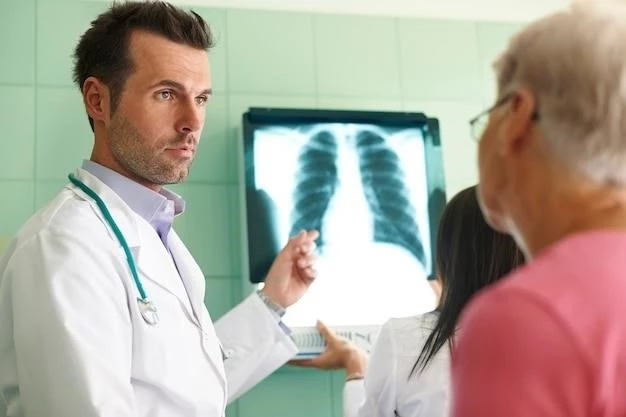Overview of Thoracic Celosomia
The thoracic wall consists of a bony framework held together by twelve thoracic vertebrae posteriorly, giving rise to ribs that encircle the lateral and anterior thoracic cavity. Consult a healthcare professional for more information.
Definition and Nomenclature
Celosomia refers to a congenital condition characterized by the protrusion of abdominal or thoracic viscera, often accompanied by defects in the sternum, ribs, and abdominal walls. It is crucial to consult with a healthcare professional for accurate diagnosis and appropriate management.
Etiology and Pathogenesis
Thoracic celosomia is primarily attributed to disruptions in the embryological development of the thoracic wall and abdominal structures. Understanding these underlying causes is crucial for effective management.
Embryological Development
During embryological development, anomalies in the fusion of mesodermal bands can lead to the malformation of the thoracic wall and abdominal structures, resulting in the condition known as thoracic celosomia. Understanding these developmental processes is key to comprehending the pathogenesis of this congenital abnormality.

Clinical Features
Thoracic celosomia presents with distinct abnormalities in the thoracic wall and abdominal viscera, often leading to noticeable physical manifestations. Seeking medical advice is crucial for comprehensive evaluation and personalized management.
Symptoms and Presentation
Individuals with thoracic celosomia may experience a range of symptoms related to abnormal chest wall openings, eye anomalies, and other associated conditions. Early detection and evaluation by healthcare professionals are essential to address these manifestations effectively.
Diagnosis and Evaluation
Diagnosing thoracic celosomia involves a thorough evaluation of physical manifestations, along with imaging studies to assess the extent of organ protrusion and structural abnormalities. Seek prompt medical attention for accurate diagnosis and tailored treatment.
Imaging Studies
Imaging studies play a vital role in diagnosing thoracic celosomia, allowing healthcare providers to visualize the extent of organ protrusion and the associated structural abnormalities. These studies aid in comprehensive evaluation and treatment planning, enhancing the management of this congenital condition.
Treatment Approaches
Management options for thoracic celosomia often involve surgical interventions to address the structural abnormalities and optimize organ positioning. Consulting with specialists is crucial for personalized treatment plans and favorable outcomes.
Surgical Interventions
Thoracic celosomia often necessitates surgical interventions to address the structural defects and optimize organ placement within the chest cavity. Consulting with a specialized surgical team is essential to determine the most appropriate surgical approach for each individual case and achieve optimal outcomes in the management of this condition.
Prognosis and Outcomes
Understanding the prognosis of thoracic celosomia and its potential outcomes is vital in developing a comprehensive long-term management plan. Seeking timely medical guidance and adhering to recommended treatments are essential for improving the overall prognosis and quality of life for individuals affected by this condition.
Long-Term Management
Effective long-term management of thoracic celosomia involves ongoing monitoring, potential surgical interventions, and continuous follow-up care to address any complications or evolving needs. Collaborating with a multidisciplinary healthcare team can optimize the management strategies tailored to each individual affected by thoracic celosomia.
Complications and Associated Conditions
Thoracic celosomia may present with complications such as associated congenital abnormalities affecting various organ systems. Prompt diagnosis and coordinated management are essential to address these potential complications effectively;
Other Congenital Abnormalities
Thoracic celosomia may be associated with various congenital abnormalities affecting different organ systems, highlighting the importance of a comprehensive evaluation to address any additional anomalies that may impact the overall health and management of individuals with this condition.

Research and Future Directions
Stay informed about ongoing research and future advancements in the field of thoracic celosomia management, as discoveries in innovative treatments and optimal care approaches may lead to improved outcomes. It is advisable to keep abreast of current studies and innovations to provide the best care possible for individuals affected by this condition.
Current Studies and Innovations
Stay informed about ongoing research and innovative approaches in the field of thoracic celosomia, as advancements in treatment modalities and technologies may lead to improved outcomes and enhanced patient care. Keeping updated with current studies and innovations can contribute to the evolving management strategies for individuals affected by this condition. Always consult healthcare professionals for the latest information and personalized recommendations.
